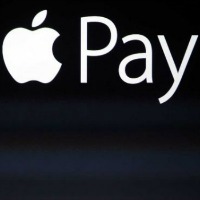 When Apple Pay debuted last fall, it was touted as the next big thing for mobile in-store payments.
When Apple Pay debuted last fall, it was touted as the next big thing for mobile in-store payments.
Six months later, there is still no clear indication that it has become a success. In fact, most indicators are giving it a murky future, at best.
According to researcher Greg Weed:
“The demand is there: 59% of Apple Pay users have gone into a store and asked to make a purchase with Apple Pay. But so is the disappointment: 47% visited a store that was listed as an Apple Pay merchant only to find out that the specific store they visited did not accept (or were not ready to accept) Apple Pay.”
Here are more reasons why Apple Pay is problematic for retailers:
- Checkout problems are linked to retailers failure to invest in the proper equipment. While retailers are on a deadline to upgrade their systems to accommodate new debit card technology, few had done so by the end of last year.
- Retailers lack the proper training on how to use the new in-store payment technology that Apple Pay relies on and have therefore been unable to train their own employees causing transactions to take longer than necessary.
- Having a marketing strategy that does not include mobile is hurting most retailers. Some simply have no way of communicating with mobile customers and therefore investing in a mobile-enabled proximity payment system, like Apple Pay, is too far-advanced.
It’s important to note that these failures are not unique to Apple Pay and are common to all NFC mobile payment solutions. This has already been a challenge for Google Wallet, and will also impact the forthcoming Samsung Pay that will be launched this summer.
Find out more about the Mobile Opportunity and why mobile means more than creating a mobile friendly version of your website.






